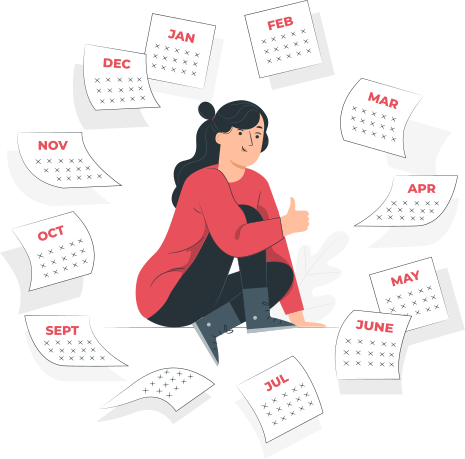Feedback plays a pivotal role in fostering learning power and growth in educational environments. For teachers, seeking and incorporating feedback can be instrumental in refining their instructional methods and creating a more engaging and effective learning experience for their students. In this article, we will explore the importance of feedback, some strategies for seeking and incorporating it, as well as ways to overcome potential challenges along the way.
The Value of Feedback
Before delving into the strategies, it is essential to grasp the true value of feedback in the educational setting. Feedback should not be perceived solely as criticism; rather, it is an opportunity for teachers to gain valuable insight into their practice and make informed improvements. When utilised effectively, feedback facilitates personalised learning by addressing individual student needs and tailoring instructional approaches accordingly. Moreover, feedback from students provides diverse perspectives that contribute to a more holistic view of the teaching process.
The Art of Seeking Feedback
To ensure teachers obtain meaningful feedback, it is crucial to create an open and inclusive classroom environment that encourages student participation. By fostering a future-ready atmosphere of mutual respect and trust, students will feel comfortable sharing their thoughts and suggestions. In addition, employing various feedback-gathering methods, such as surveys, class discussions, and anonymous suggestion boxes, allows students to provide input through their preferred means. This multifaceted approach ensures a wider range of student voices are heard and considered.
Analysing and Incorporating Feedback
After receiving feedback, it is essential to analyse and identify patterns or recurring themes. This step helps teachers discern valuable insights from isolated comments or personal preferences. By focusing on patterns, teachers can prioritise actionable feedback that aligns with their instructional objectives. It is crucial to remember that not all feedback is equally applicable or feasible, so discernment is key when deciding which suggestions to implement. Gradual changes should be made based on the identified feedback to avoid overwhelming students or compromising the established rhythm of the classroom. Sharing progress with students further emphasises the importance of their input, fostering a sense of ownership in their learning experience.
Feedback Integration Strategies
One effective strategy for incorporating feedback is involving students in the co-creation of feedback protocols. By engaging students in the process, they not only feel heard but also gain a deeper understanding of the importance of constructive feedback. This collaboration fosters a sense of responsibility and empowers students to take an active role in shaping their educational experience.
Teachers can also integrate student feedback into their lesson planning and curriculum development. By considering student perspectives, teachers can tailor their lessons to better align with students’ interests, needs, and learning styles. This approach ensures that the instruction is more engaging and relevant to the students, creating a more effective learning environment.
Establishing a regular feedback loop is an instrumental 21st-century skill in consistently assessing and adapting teaching methodologies. This ongoing evaluation allows teachers to continuously improve their practice and respond dynamically to student feedback. By establishing a culture of feedback, students become accustomed to providing input, and teachers become adept at incorporating it into their teaching strategies.
Overcoming Challenges and Obstacles
Seeking and incorporating feedback may come with its fair share of challenges. Negative or unfounded feedback can be disheartening, but it is crucial to handle it constructively. Teachers should engage in reflective practices, focusing on separating constructive criticism from baseless comments and using the former to further enhance their instructional methods.
Intrinsic biases can also impede the successful integration of feedback. Teachers must be aware of their own biases and strive for objectivity when considering student feedback. It is important to give equal weight to the input of all students, regardless of personal bias or preconceived notions.
Lastly, teachers must find a balance between multiple feedback sources. It is important to consider feedback from a variety of students, ensuring that the perspectives of different learning styles, abilities, and backgrounds are adequately addressed. Striking a balance between different sources of feedback allows teachers to create a well-rounded and comprehensive learning experience.
Conclusion
Embracing feedback is an integral part of a teacher’s professional growth and the enhancement of the learning experience. By seeking and incorporating feedback, educators can refine their instructional practices, create personalised learning environments, and empower students to take an active role in their education. As teachers unlock the power of feedback, they unlock the full potential of their students, fostering a culture of learning, growth, and collaboration in the classroom.
For more teacher articles like this, head over to Zamit.


